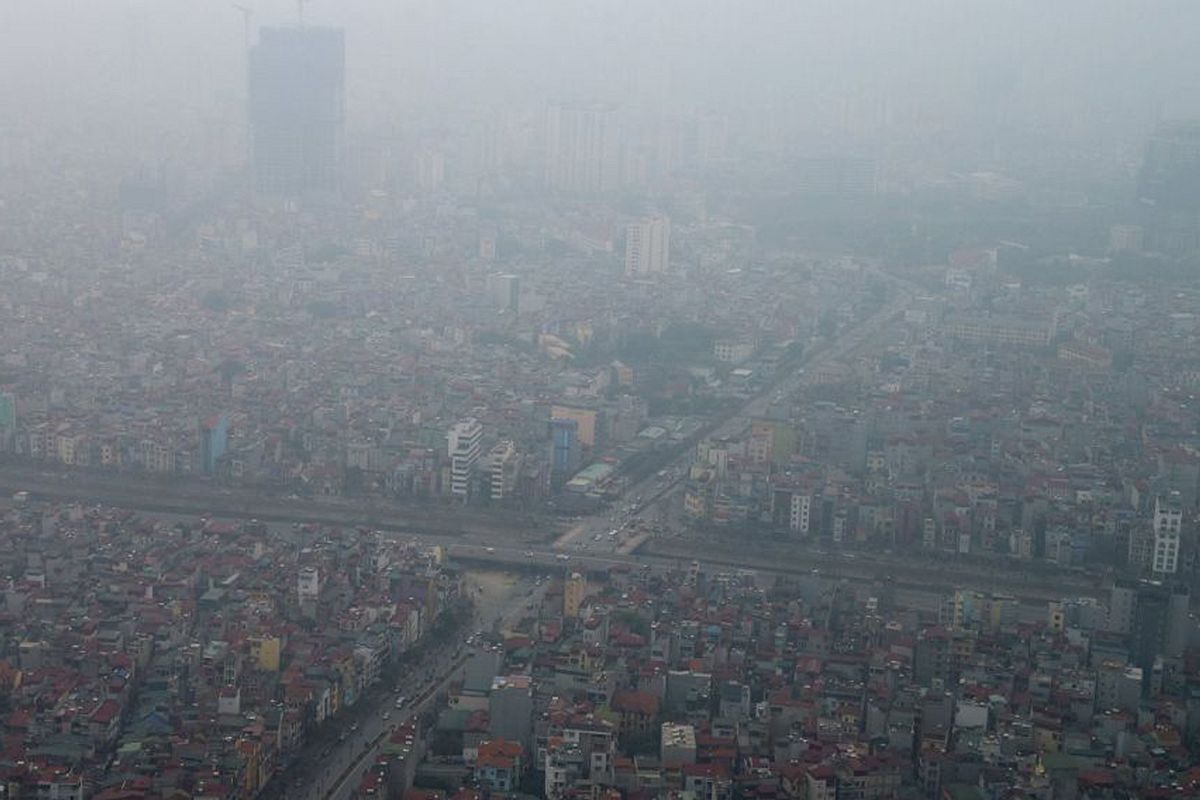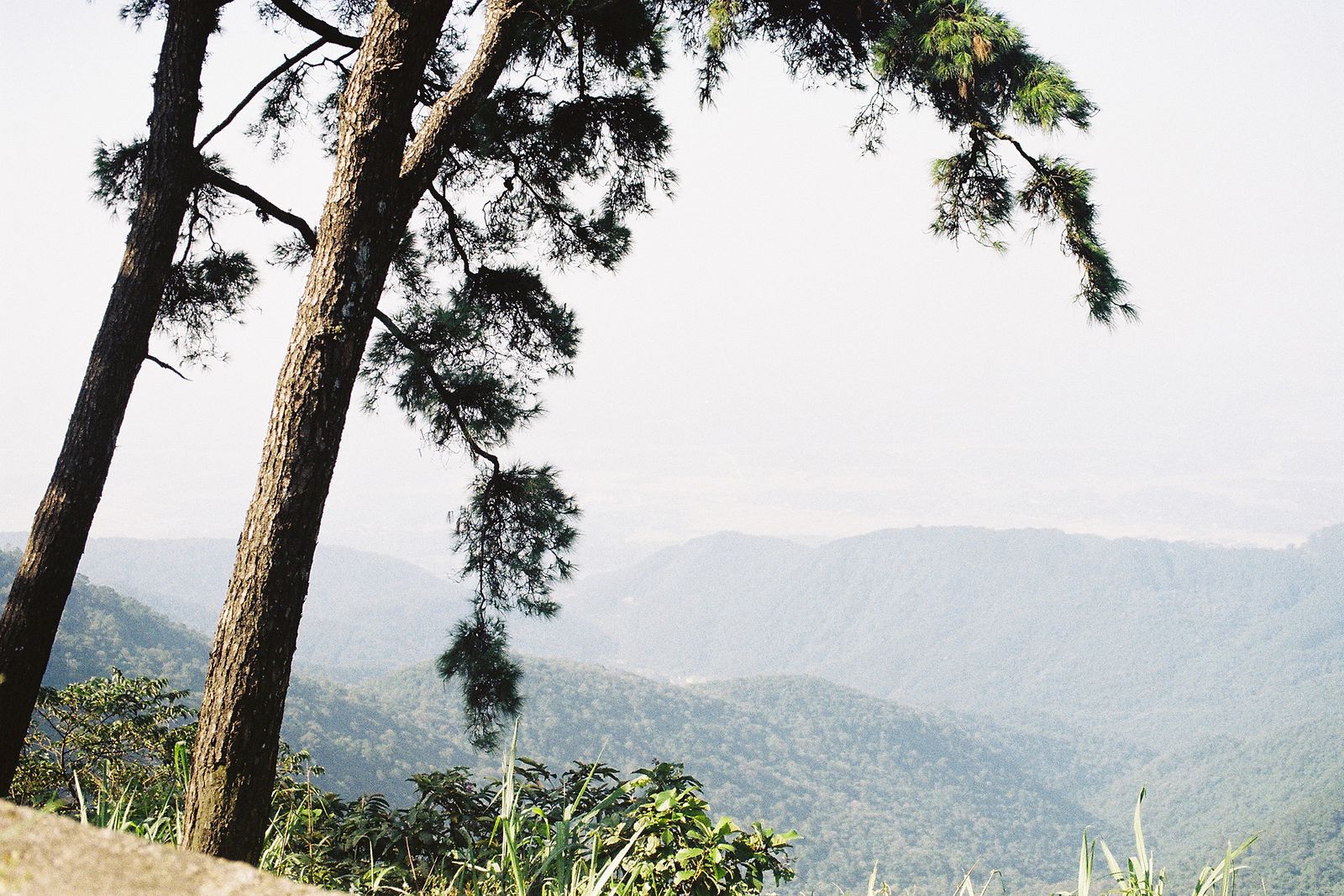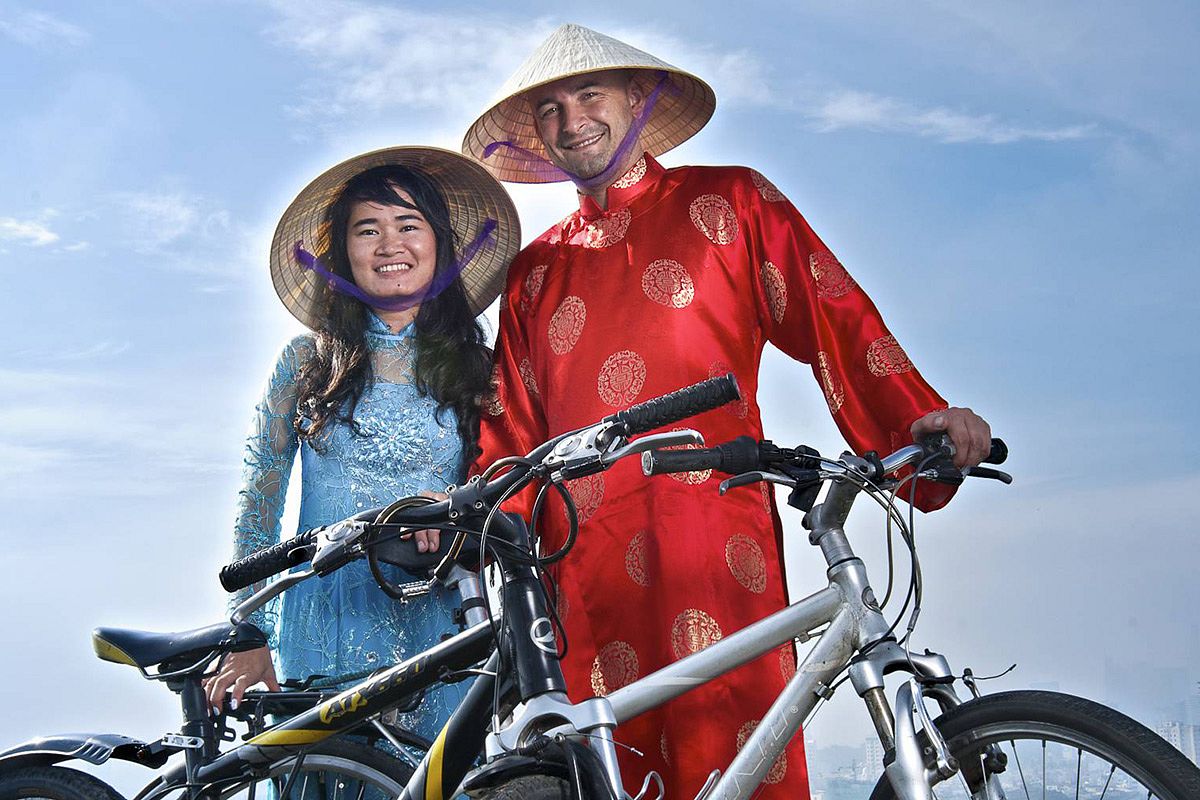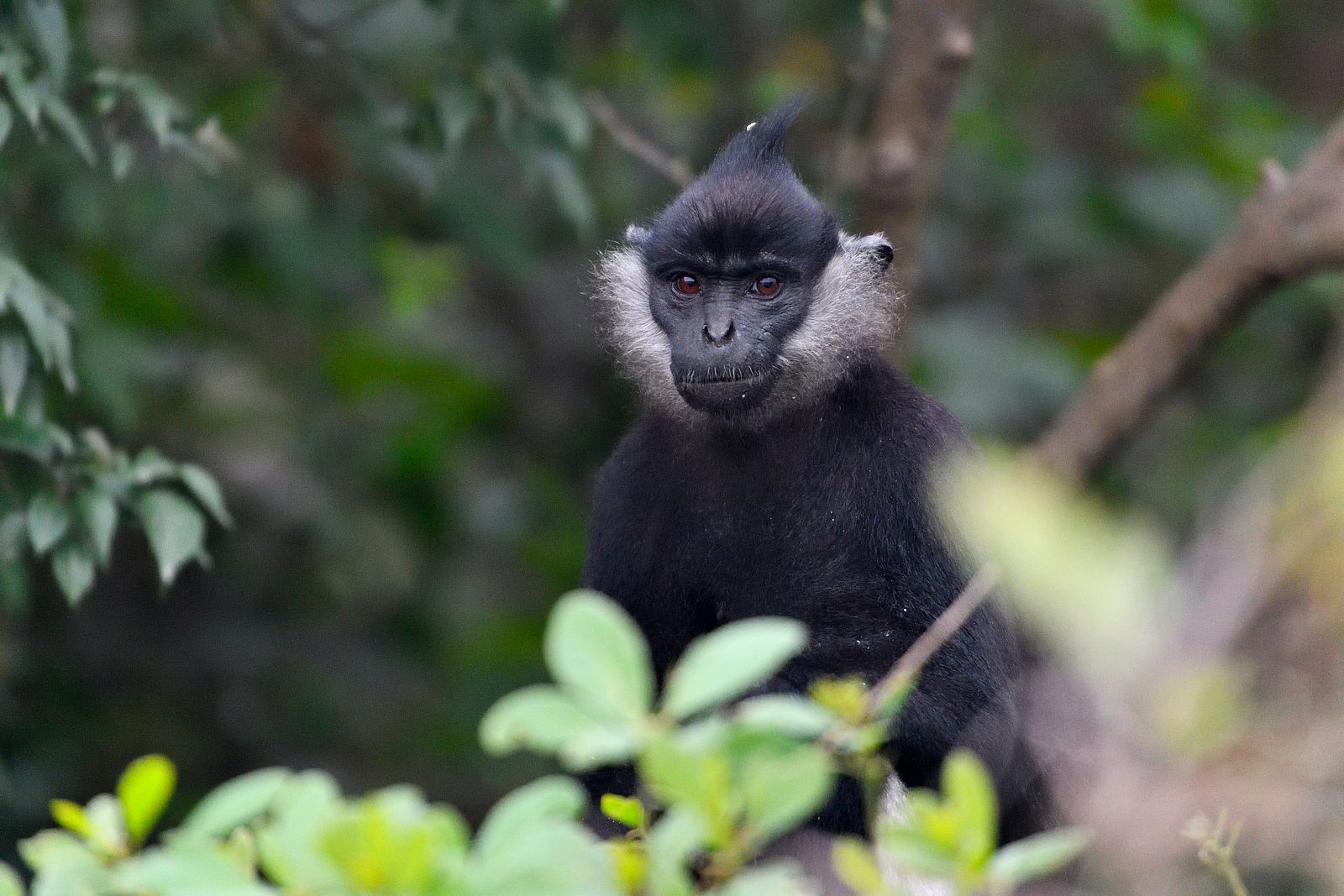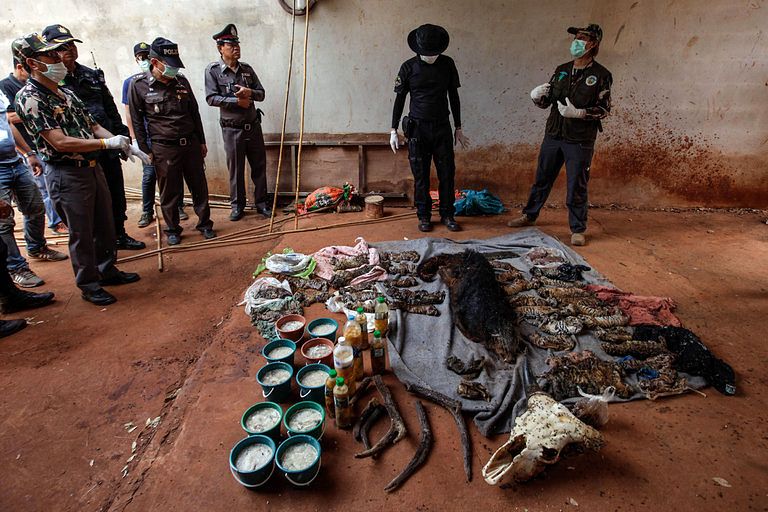Urban Vietnam is on a roll these days. What with a new crop of sky-high monuments on the horizon, a thriving startup economy and an ambitious set of plans for the future, cities across the country are riding a crest of economic progress and development.
However great strides come at a cost. At the same time the United States Consulate in Ho Chi Minh City has begun providing residents of the southern hub with up-to-the-hour air quality index (AQI) readings, Hanoi is grappling with unprecedented levels of air pollution up north.
Last month, the US Embassy's AQI monitor recorded a reading of 388, which falls under the category of “hazardous” air. Since then, Channel News Asia reports, experts have begun expressing increased concern about the future of the capital and the pollution brought on by its rapid development.
Associate Professor Pham Thuy Loan, who serves as deputy director of the Insitute of Architecture under the Ministry of Construction, puts the current situation in relatable terms.
“If you come to the city in the daytime, everyone wears a mask and you try to protect your face and body from the environment,” she told Channel News Asia.
While this seems logical enough – in Saigon, motorists cover up from the sun and grit that are ever-present on city streets, too – the fact that this seems like a perfectly reasonable statement is part of the problem. Air pollution – and protection from it – has become so much a part of everyday life that many Hanoian residents don't think twice about shielding their faces and bodies from airborne pollutants.
Video via YouTube user Channel NewsAsia Connect.
With 70% of the city's air pollution brought on by its traffic, according to Channel News Asia, and car sales across the country up by 58% over the last year, the problem is only set to grow. Citing official data, Channel News Asia counted 5.3 million motorbikes and 560,000 cars in the capital, with experts forecasting nearly 1 million cars and 7 million motorbikes to hit Hanoi's streets by 2020. By 2012, ARIA Technologies, a French pollutant analysis company, had already named Hanoi the most polluted city in Southeast Asia. As traffic congestion increases in the name of development and status, the capital is likely to hold on to that title for a while.
For two-wheeled motorists, it's easy to decry the influx of cars that have flooded Vietnamese streets in the past few years, however Associate Professor Loan points out the dilemma faced by the growing number of middle-class Vietnamese who can afford to purchase a four-wheeled vehicle.
“I don’t like cars at all,” Loan told Channel News Asia. “But I need the car to protect my kids. I take them to school and I have to keep them safe (from pollution).”
The professor's instincts are right: last month Vice Chairman of National Traffic Safety Committee Khuat Viet Hung, citing healthcare agency statistics, told a meeting of his peers that air pollution kills 44,000 people a year in Vietnam.
While the problem may seem insurmountable, Hanoian officials are working to come up with solutions to at least some of the city's air pollution woes. Last month, Deputy Transport Minister Nguyen Ngoc Dong estimated the capital would require around US$20 billion to upgrade its traffic infrastructure and ease some of the congestion responsible for air pollution, reports VOV. Hanoi officials also plan to pivot toward cleaner fuel and put forth stricter emissions standards for both two- and four-wheeled vehicles.
The city is also working to improve its public transportation system, which currently includes only bus transport. Though the capitals's first metro line is set to open by the end of the year, it'll be some time before the full system is up and running; meanwhile, rider numbers up north continue to decrease as they do in the south. City officials and local residents alike are optimistic that public transportation would help to alleviate some of Hanoi's air pollution, however the systems are simply not yet in place.
[Photo via Channel News Asia]

